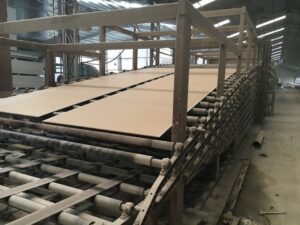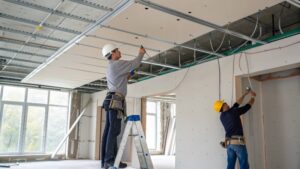When building a wall, your choice affects both budget and performance. Many owners struggle to decide between brick and drywall for their projects.
Drywall is generally much cheaper than brick. On average, drywall installation costs only one-third to one-fourth of brick walls, mainly due to lower material prices, reduced labor time, and faster construction speed.
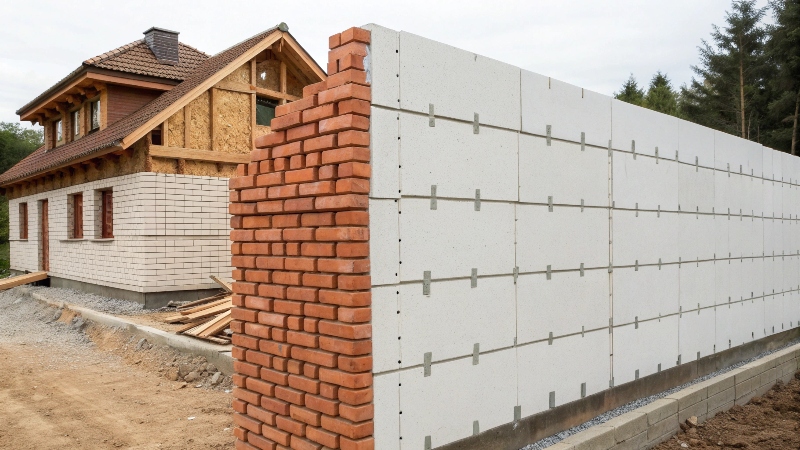
Choosing between the two requires more than just cost awareness. You must think about durability, design flexibility, and maintenance over time. Once you weigh these, the right choice often becomes clear.
What are the disadvantages of drywall?
Drywall may be cheaper and faster, but it also comes with trade-offs that can affect your project in the long run.
Drywall is less durable, prone to damage, vulnerable to moisture, and often requires more frequent repairs than brick. Its sound insulation is weaker, and low-quality boards may emit harmful substances.
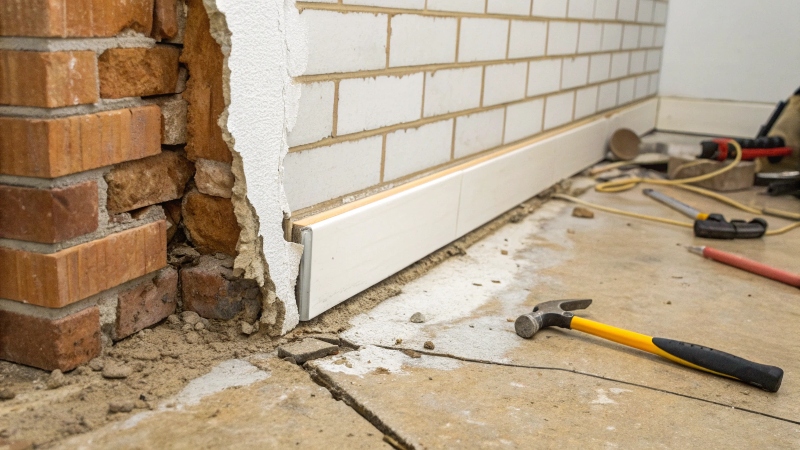
When I first used drywall for an interior renovation, I was impressed by the speed of installation. The crew finished in two days, compared to the week it would have taken with brick. But six months later, a small dent from moving furniture reminded me of its weakness.
Let’s break it down visually:
| Disadvantage | Impact Level | Notes |
|---|---|---|
| Low Durability | High | Can dent or puncture from small impacts, requires patching or replacement |
| Moisture Sensitivity | High | Swells, molds, or weakens in damp areas |
| Poor Sound Insulation | Medium | Noisy areas need extra acoustic treatment |
| Chemical Emission Risk | Low-Medium | Low-quality boards may release harmful VOCs |
For high-traffic areas or humid climates, drywall may demand more care. Still, its lower upfront cost tempts many owners to accept these drawbacks.
Why use drywall instead of brick?
With disadvantages clear, why is drywall still chosen so often? The answer lies in time, cost, and flexibility.
Drywall is lighter, easier to install, allows faster project completion, simplifies wiring and plumbing work, and offers flexible decoration options that brick cannot match.
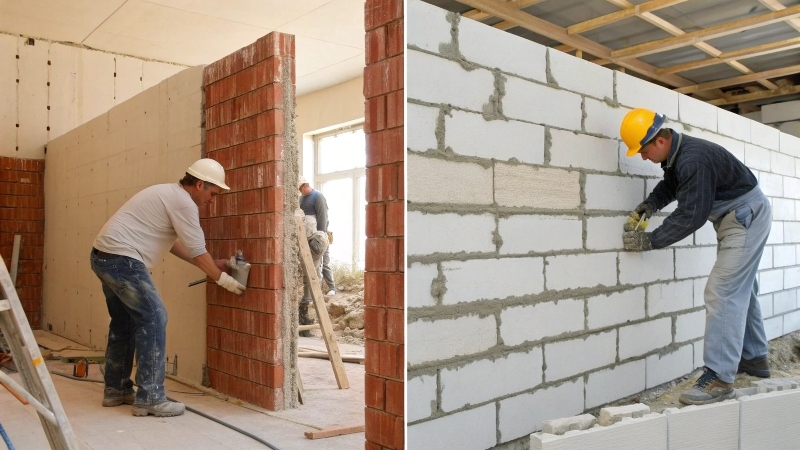
I remember a commercial project where the client wanted to change the layout mid-construction. With drywall, we reconfigured partitions in two days without heavy demolition. If it had been brick, the process would have taken a week and generated far more debris.
Here’s how drywall's benefits stack up:
| Benefit | Description | Comparison to Brick |
|---|---|---|
| Fast Installation | 30-50% quicker build times | Much faster |
| Light Weight | Less structural load on the building | Significantly lighter |
| Easy Utility Routing | Wiring and plumbing installation is straightforward | Much simpler |
| Design Flexibility | Quick layout changes and surface finishes | More adaptable |
| Lower Cost | 1/3 to 1/4 the cost of brick | Much cheaper |
Speed and adaptability often outweigh the limitations, especially for commercial interiors or non-load-bearing walls.
Is drywall the cheapest wall?
Drywall is economical, but is it truly the cheapest wall option available?
Drywall is one of the cheapest wall materials, but options like plywood or fiberboard may be cheaper in some cases, depending on project requirements and finishing needs.
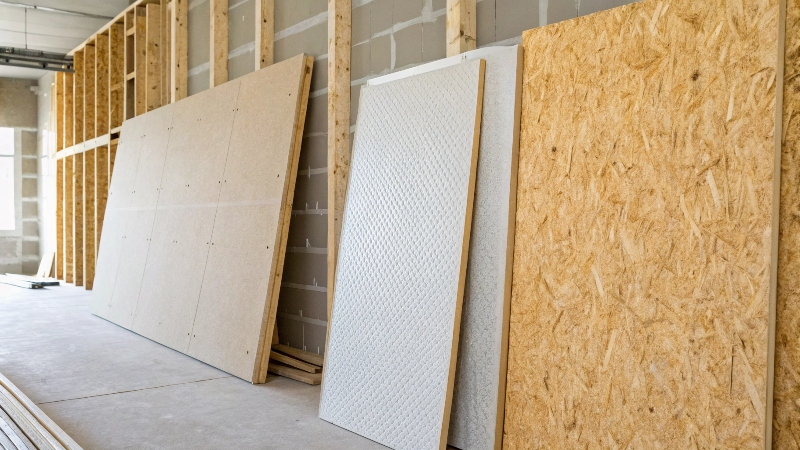
In one project for a temporary exhibition space, we used plywood panels instead of drywall. The cost was even lower, and we saved time by avoiding plaster finishing. However, the result lacked the smooth, modern look my client wanted.
Here's a quick comparison:
| Material | Relative Cost | Durability | Finish Quality | Best Use Case |
|---|---|---|---|---|
| Drywall | Low | Moderate | High (paint-ready) | Homes, offices, flexible partitioning |
| Brick | High | Very High | Moderate | Load-bearing walls, noise insulation |
| Plywood Panels | Very Low | Low-Moderate | Low | Temporary or budget projects |
| Fiberboard | Very Low | Low | Low-Moderate | Low-cost partitions, temporary structures |
While drywall sits near the low-cost end of the scale, your choice should balance required durability, design standards, and budget constraints.
Conclusion
Drywall is cheaper and more flexible than brick, but it sacrifices durability and moisture resistance. The best choice depends on your project’s needs.
TRUSUS — Bring beauty to every corner of the world
www.gypsum-board.com
By Nick Wang

